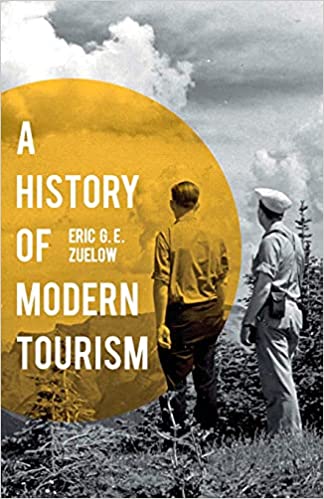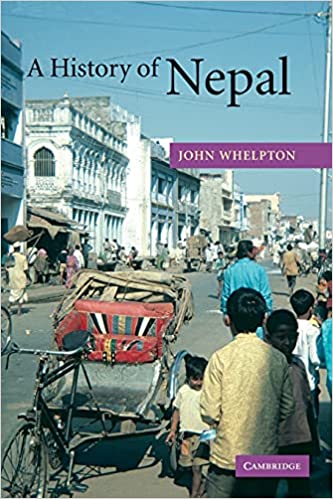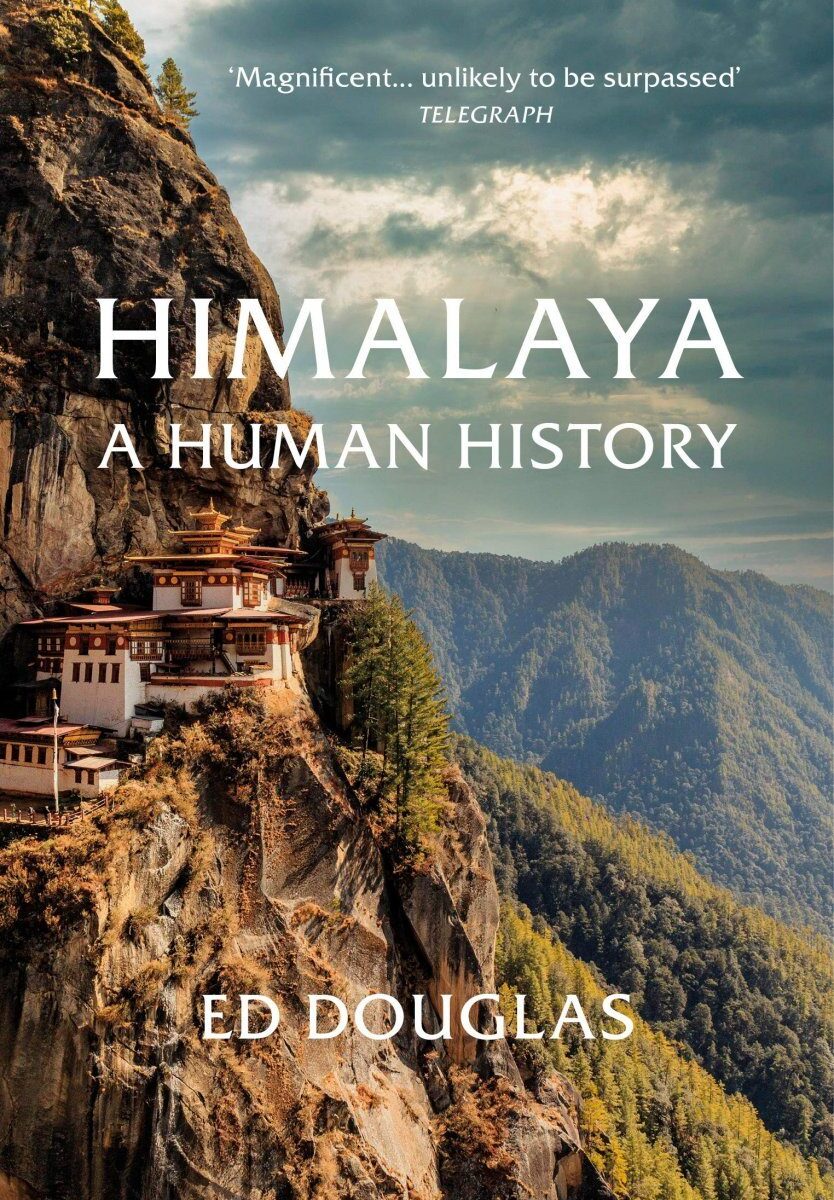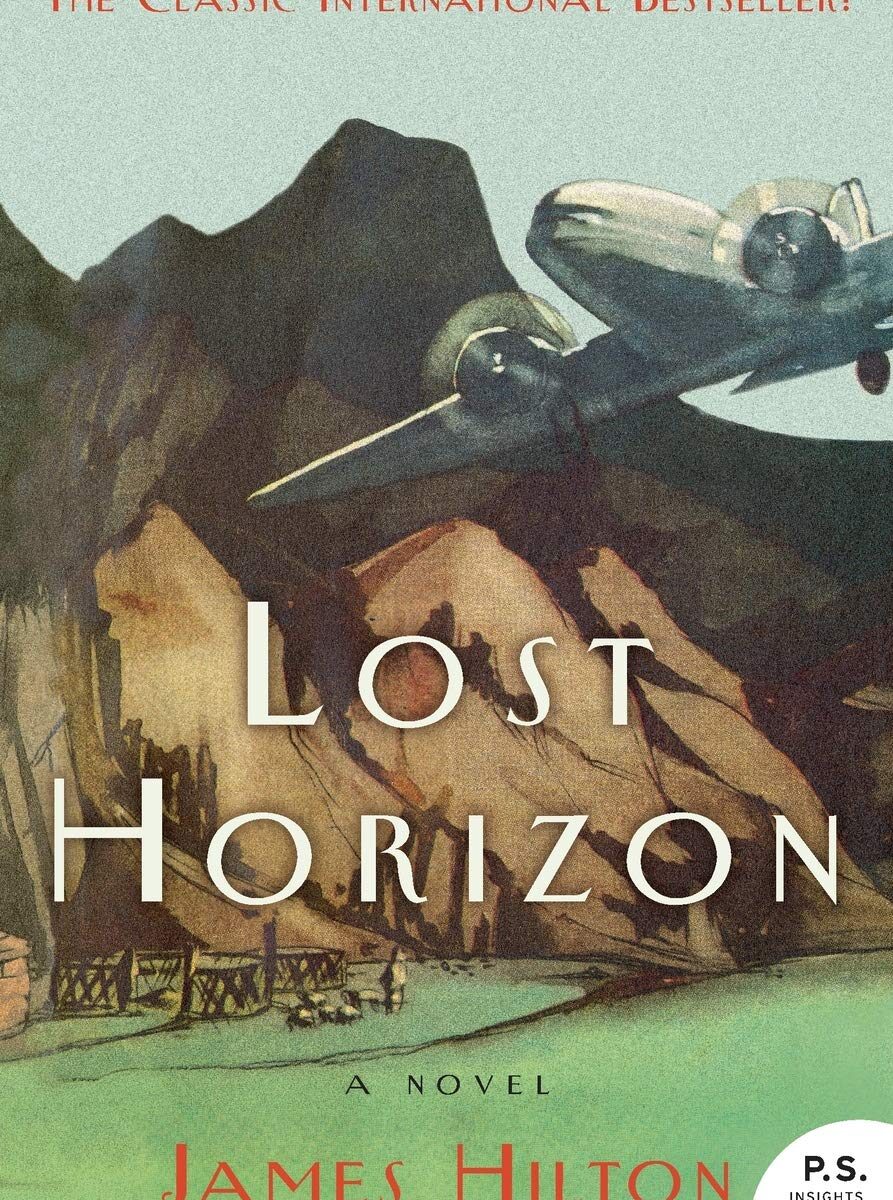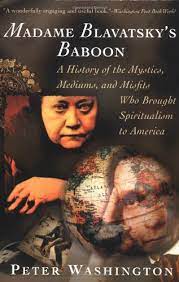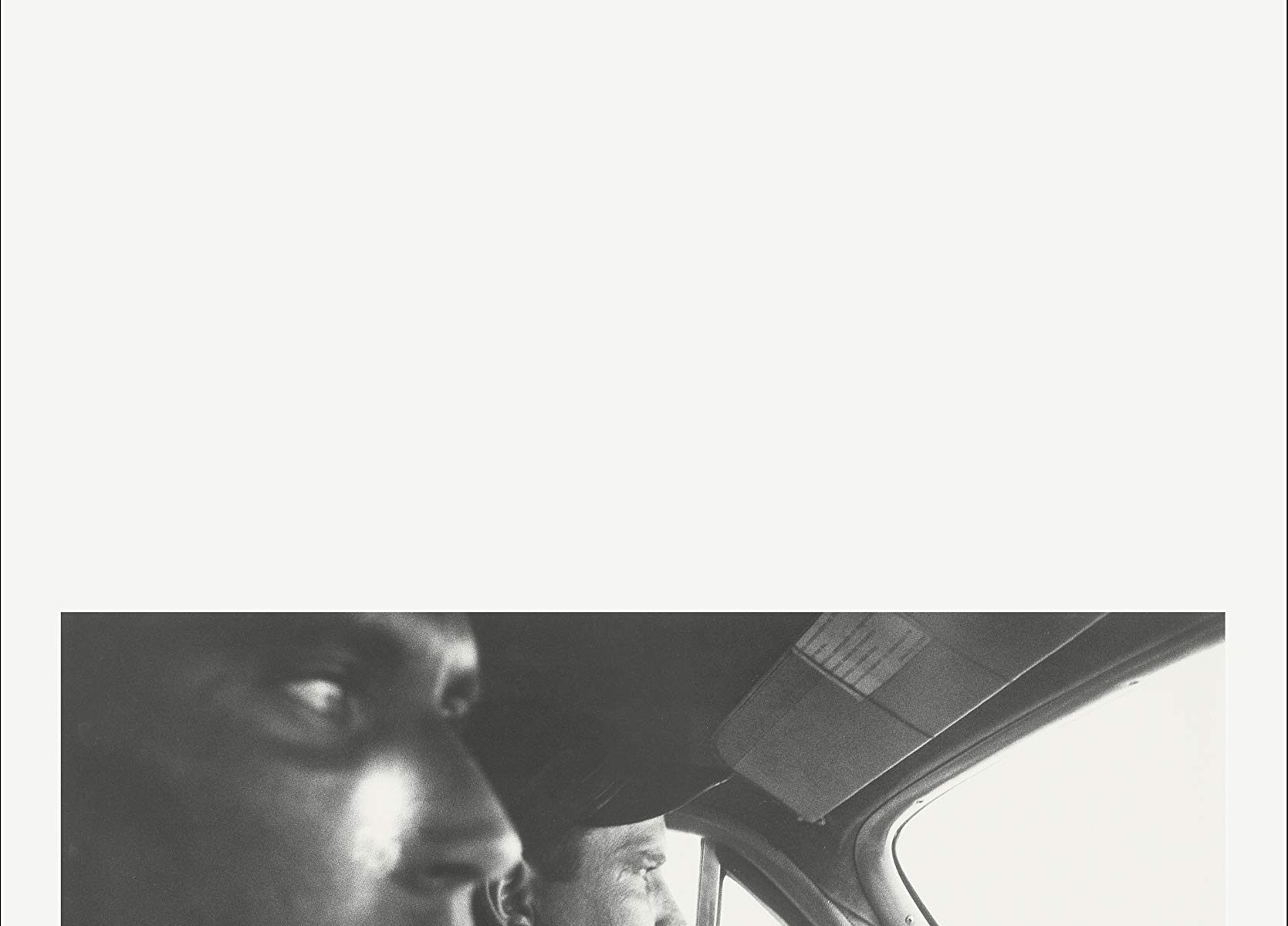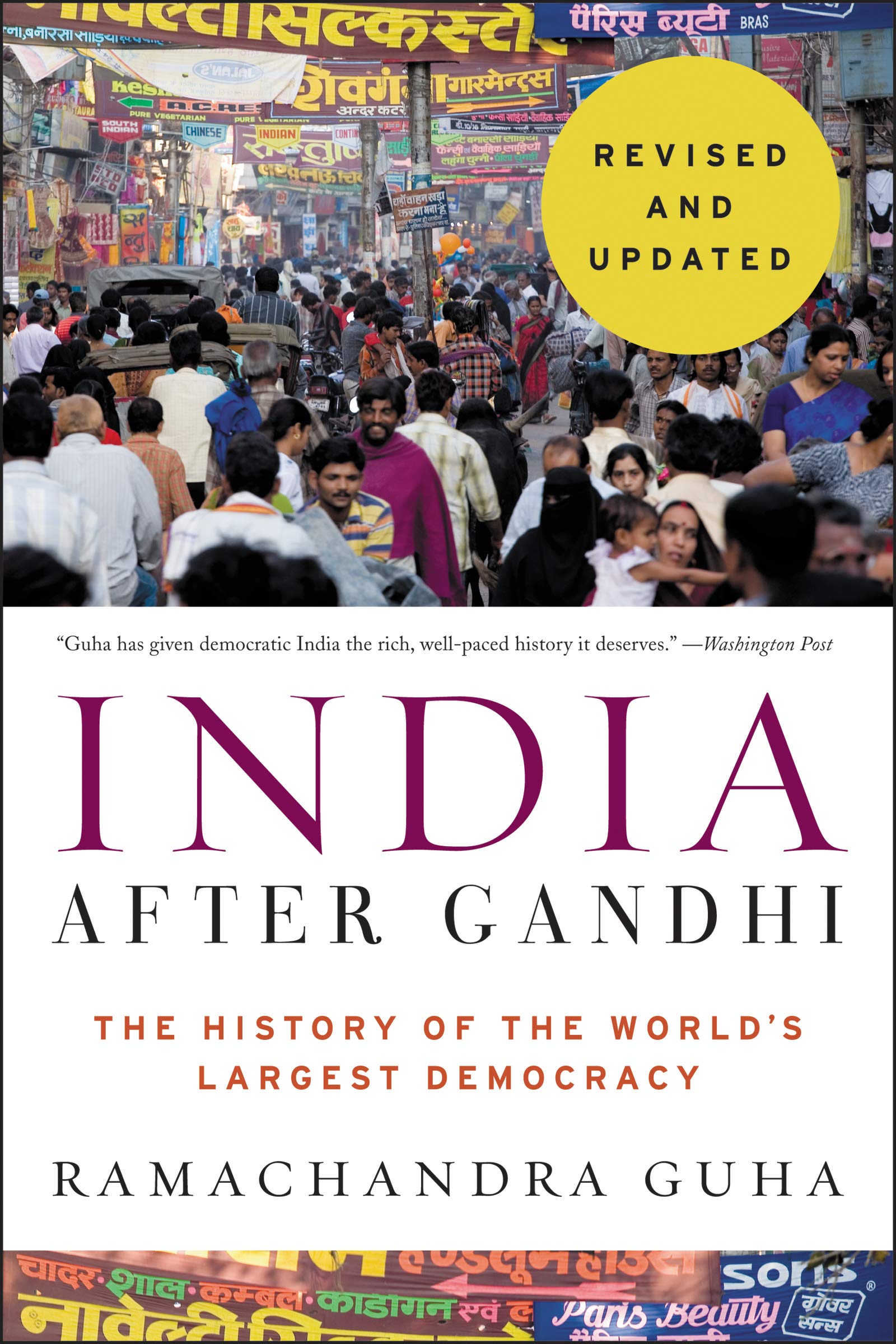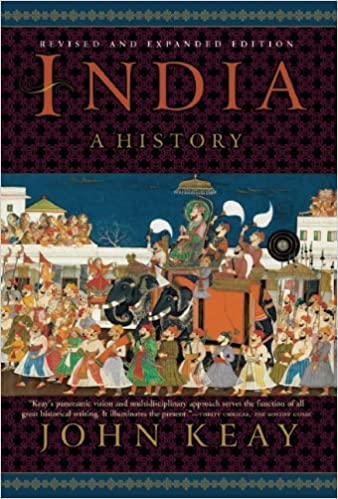Elizabeth Gilbert, Eat, Pray, Love: One Woman’s Search for Everything Across Italy, India and Indonesia (2006)
Once upon a time, a woman got a divorce, got into and out of a bad relationship, and then went on vacation for a year to get over it all. The resulting book, Eat, Pray, Love, became a massive bestseller (and the most popular travel book ever about India, which is why I read it), and the author got to be played by Julia Roberts in the movie (called Eat Pray Love, discarding both commas and context).
So why is this book so popular? Well, because it’s the perfect airport book.
First of all, there’s it’s shape and style. It’s long enough to keep you occupied but never difficult linguistically, structurally, or morally. Divided into three sections that are mapped out right there in the title, then chopped into 36 chapters each (for a mystical total of 108), it offers bites you can finish while you wait for the drink cart to get out of the way of the bathroom. The voice is punchy and familiar from Nora Ephron characters and especially Sex and the City, and there are lots of easy metaphors and pop culture references (something gets compared to the last helicopter out of Saigon).
Second, it’s sort of a travel book, so you feel justified in reading it on holiday, but there are no complex itineraries or deep dives into bloody history or vexing social issues, so you never feel pressured to do more, feel more, or understand more than you were already going to. The story remains firmly in the tourist point of view, and Gilbert is so winningly self-deprecating that you might not notice how she’s never quite self-critical. Everything is someone else’s fault, or no one’s really, and there are no problems in the world that Liz Gilbert can’t solve with pluck and gumption, because Liz Gilbert never engages with any problems that aren’t Liz Gilbert-sized ones. If you felt a little queasy about your holiday in other people’s misery, Gilbert spends 500 pages encouraging you not to notice. You have bigger fish to fry. You have to look inward if you want to save the world.
And you do want to save the world, don’t you? Gilbert does — and that, more than anything, is my biggest disappointment with this book.
At the start, Gilbert discovers, to her horror, that she doesn’t want to be married anymore, and eventually she works up the courage to get out. Then she gets into a bad relationship and has to find her way out of that. At last she decides that she’ll spend a year traveling, first to Italy, then to an ashram in India, and finally to Bali. There’s the possibility of a kind of feminist, humanist awakening here, a willingness to live for one’s own pleasure and joy, and for a while, living in Rome, that seems to be where Gilbert is headed. But there’s an undercurrent of self-doubt, and soon enough she’s on to the ashram for a spiritual cleanse, because too much fun is no good at all.
I had been looking forward to the India section of the book — that’s where my interest mainly lies — but alas, Gilbert decides to give up her plans for a wider tour of India and stays in the ashram the whole time. Her unquestioning faith in its benevolence is discomfiting for anyone familiar with the darker side of India’s guru culture, as is her lack of curiosity about the poverty she sees just beyond the gate. Instead, she makes a big drama out of her distaste for a long, boring morning chant, something hard to take too seriously if you had to do davening every morning in Hebrew school.
The climax of all this looking inward is a reconciliation with her husband. Not her actual husband, mind you, but an imagined version of him, who is very forgiving. One might have hoped for recognition that forgiveness from others isn’t required, or that what Gilbert is really doing is learning to forgive herself, but that never arrives. She has been forgiven by her husband’s spiritual presence, and that is that.
And so, newly armed with a vague sort of spiritual awakening, Gilbert arrives in Bali, where she fails to read Pico Iyer just as hard as she failed to read Gita Mehta in India. She goes to Ubud, of course, because that’s where spiritual types go, and she parties with expats, and she goes to bed with a handsome Brazilian. She also befriends a local single mom, and in Bali the big climax comes when Gilbert decides to buy her a house, or at least raise the money for one. In the midst of all this, Gilbert realizes that the woman’s daughter’s name, Tutti, means “everyone” in Italian, and manages to portray this admittedly generous act of white saviorhood as somehow saving the whole world. This whole trip was doing inner work, see — inner work that the Balinese don’t have the resources for but probably don’t need anyway because they’re so picturesque and traditional — and that inner work has allowed Liz Gilbert to become the generous kind of person who sometimes makes an effort. It’s a disappointing conclusion, very Protestant, casting what seems to have been a pleasant period of excursion as a kind of stealth Via Dolorosa. I went to Southeast Asia a few years back, Bali included, and traveled around and had a lovely time saving no one from anything, and that’s quite OK.
But is it bestseller OK? Probably not. For that, you’re better off with a sitcom character like Liz Gilbert, someone who turns every experience into an episode, who overcomes obstacles without ever changing very much, and who winds it all up with a pretty romance.


